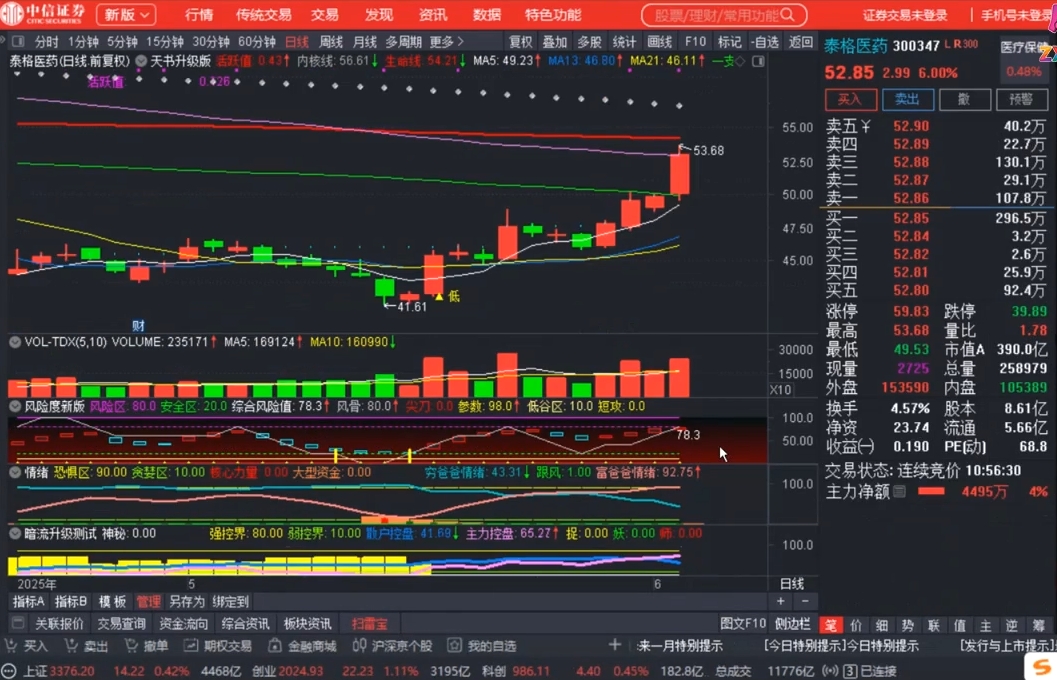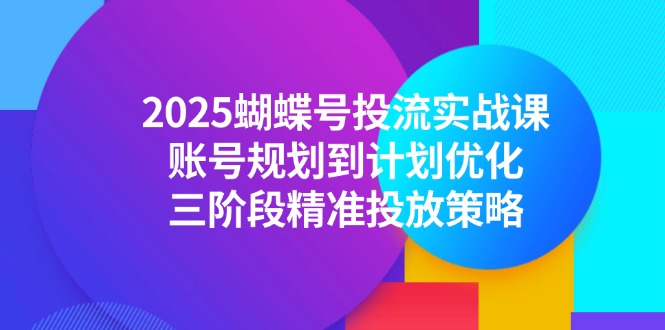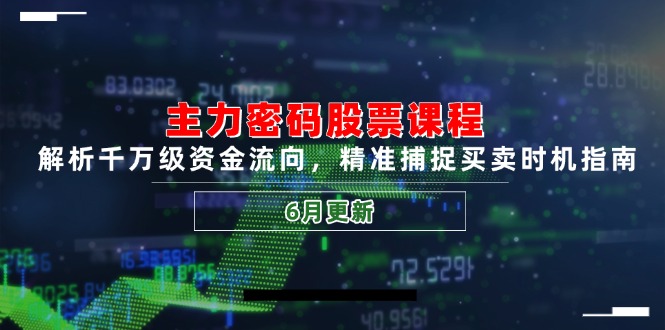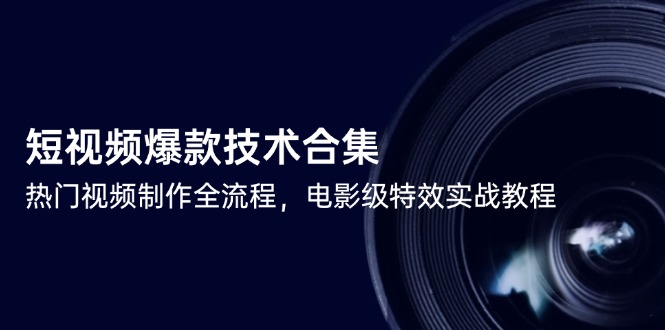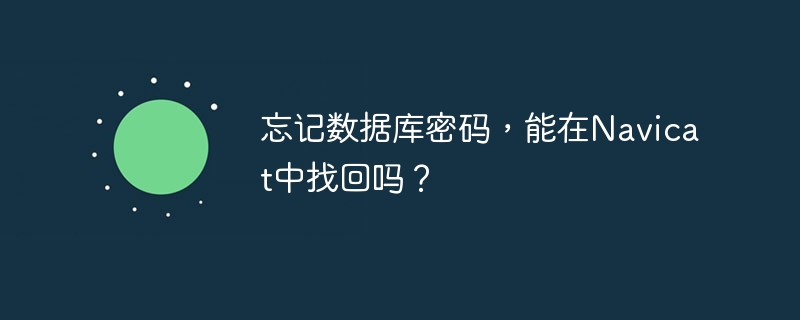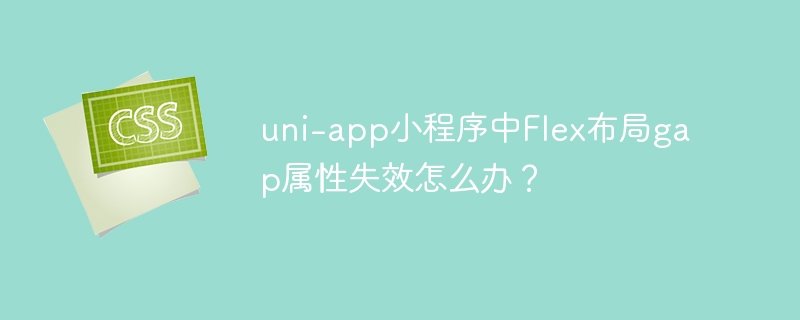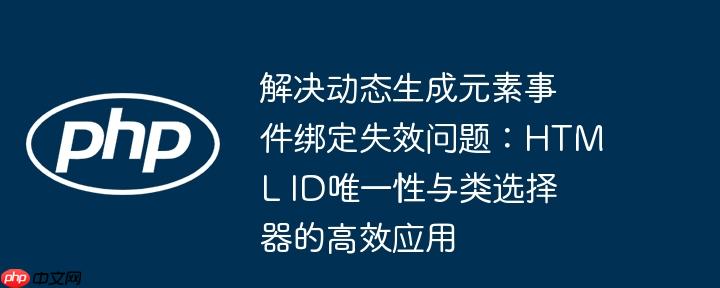
本文旨在解决php等后端语言动态生成html表格中,只有首个元素事件生效的问题。核心原因在于HTML ID属性必须全局唯一,而通过document.getElementById绑定事件时,重复ID会导致仅首个元素被选中。解决方案是改用类(class)属性标识共享行为的元素,并结合JavaScript的document.querySelectorAll方法遍历所有匹配元素,为每个元素独立绑定事件,从而确保所有动态生成的元素都能正确响应用户交互。
1. 动态生成元素事件绑定的常见陷阱
当使用php等服务器端脚本语言动态生成html内容,特别是表格或列表时,开发者常会遇到一个问题:为每个动态生成的元素(如按钮)绑定javascript事件时,却发现只有第一个元素能够正常响应,而后续元素则失效。这通常是由于对html中id属性的误解和不当使用所致。
考虑以下PHP代码片段,它在一个循环中生成表格行,并在每行末尾添加一个“View”按钮:
<table> <thead> <tr> <th>ID</th> <th>Project Name</th> <th>Due Date</th> <th>Sub Date</th> <th>Comment</th> <th>Status</th> <th>Option</th> </tr> </thead> <tbody> <?php // 假设 $result2 是查询结果集 while ($res2 = mysqli_fetch_assoc($result2)) { echo "<tr>"; echo "<td>".$res2['project_id']."</td>"; echo "<td>".$res2['project_name']."</td>"; echo "<td>".$res2['duedate']."</td>"; echo "<td>".$res2['subdate']."</td>"; echo "<td>"".$res2['comment'].""</td>"; echo "<td>".$res2['status']."</td>"; // 问题所在:为每个按钮都赋予了相同的ID "myId" echo "<td><a href="#" id="myId" class="button">View</a></td>"; echo "</tr>"; } ?> </tbody> </table>
对应的JavaScript事件绑定代码如下:
document.getElementById('myId').addEventListener("click", function () { document.querySelector('.bg-modal').style.display = "flex"; });
这段代码的问题在于,HTML规范明确规定,id属性在整个文档中必须是唯一的。当浏览器解析到多个具有相同id=”myId”的元素时,document.getElementById(‘myId’)方法只会返回文档中第一个匹配的元素。因此,只有第一行中的“View”按钮能够被选中并绑定事件,后续行的按钮因为无法被该方法选中而无法响应点击。
2. 解决方案:利用类选择器和querySelectorAll
解决此问题的核心思想是:对于具有相同行为或样式的一组元素,应该使用类(class)属性来标识它们,而不是重复使用相同的ID。然后,JavaScript可以使用document.querySelectorAll()方法来选择所有具有特定类的元素,并为它们逐一绑定事件。
立即学习“前端免费学习笔记(深入)”;
2.1 HTML结构改造
首先,修改PHP代码,将按钮的id属性移除,并确保其具有一个共享的class属性,例如view-button:
<table> <thead> <tr> <th>ID</th> <th>Project Name</th> <th>Due Date</th> <th>Sub Date</th> <th>Comment</th> <th>Status</th> <th>Option</th> </tr> </thead> <tbody> <?php while ($res2 = mysqli_fetch_assoc($result2)) { echo "<tr>"; echo "<td>".$res2['project_id']."</td>"; echo "<td>".$res2['project_name']."</td>"; echo "<td>".$res2['duedate']."</td>"; echo "<td>".$res2['subdate']."</td>"; echo "<td>"".$res2['comment'].""</td>"; echo "<td>".$res2['status']."</td>"; // 改变:使用 class="view-button" 而非 id="myId" echo "<td><a href="#" class="view-button">View</a></td>"; echo "</tr>"; } ?> </tbody> </table>
2.2 JavaScript事件绑定优化
接下来,修改JavaScript代码。使用document.querySelectorAll(‘.view-button’)来获取所有带有view-button类的元素。querySelectorAll方法会返回一个NodeList(类似于数组),我们可以通过forEach方法遍历这个NodeList,为每个元素单独添加事件监听器。
document.addEventListener('domContentLoaded', function() { // 选中所有 class 为 'view-button' 的元素 const viewButtons = document.querySelectorAll('.view-button'); // 遍历 NodeList,为每个按钮添加点击事件监听器 viewButtons.foreach(button => { button.addEventListener('click', function(event) { event.preventDefault(); // 阻止a标签的默认跳转行为 // 触发弹窗显示,假设 .bg-modal 是弹窗的容器 document.querySelector('.bg-modal').style.display = "flex"; // 如果需要获取当前点击按钮所在行的数据,可以这样做: // const row = this.closest('tr'); // 获取最近的父级 <tr> 元素 // const projectId = row.querySelector('td:first-child').innerText; // 获取第一列的项目ID // console.log('点击了项目ID:', projectId, '的View按钮'); }); }); });
示例:一个可运行的简化版演示
为了更好地理解上述解决方案,以下是一个独立的HTML和JavaScript示例,演示如何为多个动态生成的按钮绑定事件:
<!DOCTYPE html> <html lang="zh-CN"> <head> <meta charset="UTF-8"> <meta name="viewport" content="width=device-width, initial-scale=1.0"> <title>多元素事件绑定示例</title> <style> body { font-family: Arial, sans-serif; margin: 20px; } .box { width: 150px; height: 100px; margin: 10px; border: 1px solid #ccc; display: inline-block; vertical-align: top; text-align: center; line-height: 100px; font-size: 1.2em; color: white; transition: background-color 0.3s ease; } .my-button { padding: 10px 20px; margin: 5px; cursor: pointer; background-color: #007bff; color: white; border: none; border-radius: 5px; font-size: 1em; transition: background-color 0.2s; } .my-button:hover { background-color: #0056b3; } </style> </head> <body> <h1>点击下方按钮,观察方块背景颜色变化</h1> <div id="buttonContainer"> <!-- 按钮将在这里动态生成 --> </div> <div class="box" id="displayBox"> 点击按钮改变我 </div> <script> document.addEventListener('DOMContentLoaded', function() { const container = document.getElementById('buttonContainer'); const colors = ['#FF6347', '#32CD32', '#4169E1', '#FFA500']; // 番茄红,石灰绿,皇家蓝,橙色 // 模拟动态生成按钮 colors.forEach((color, index) => { const button = document.createElement('button'); button.className = 'my-button'; // 使用 class button.textContent = `变为 ${color}`; button.dataset.color = color; // 使用 data-属性存储颜色信息 container.appendChild(button); }); // 获取所有具有 'my-button' 类的按钮 const buttons = document.querySelectorAll('.my-button'); const displayBox = document.getElementById('displayBox'); // 为每个按钮添加点击事件监听器 buttons.forEach(button => { button.addEventListener('click', function() { const targetColor = this.dataset.color; // 获取按钮的 data-color 属性 displayBox.style.backgroundColor = targetColor; displayBox.textContent = `背景色: ${targetColor}`; }); }); }); </script> </body> </html>
在这个示例中,我们动态创建了多个按钮,每个按钮都拥有my-button类。通过querySelectorAll获取所有这些按钮,并为它们分别添加了点击事件,实现了每个按钮独立控制displayBox背景色的功能。
3. 注意事项与最佳实践
-
ID的唯一性: 始终牢记HTML中id属性的唯一性原则。它主要用于快速定位单个特定元素,或作为标签的for属性、css选择器、JavaScript选择器等中的唯一标识符。如果确实需要为动态生成的元素提供唯一ID,可以结合循环变量或数据库ID生成如myId_1, myId_2等唯一ID。
-
类(Class)的用途: class属性用于对具有相同样式或行为的多个元素进行分组。它是实现CSS样式复用和JavaScript行为复用的主要机制。
-
事件委托(Event Delegation): 对于大型表格或频繁增删的动态内容,为每个元素单独绑定事件可能会导致性能问题或代码复杂。此时,可以考虑使用事件委托。即,将事件监听器绑定到它们的共同父元素上,然后利用事件冒泡机制,在父元素上判断事件源(event.target)是否是目标子元素,从而执行相应的逻辑。这可以显著减少事件监听器的数量,提高性能。
例如,对于表格中的按钮,可以将事件监听器绑定到
元素上:
document.addEventListener('DOMContentLoaded', function() { const table = document.querySelector('table'); // 获取表格元素 if (table) { // 确保表格存在 table.addEventListener('click', function(event) { // 检查点击的元素是否是我们想要的 .view-button if (event.target.classList.contains('view-button')) { event.preventDefault(); // 阻止a标签的默认跳转行为 // 触发弹窗显示 document.querySelector('.bg-modal').style.display = "flex"; // 如果需要获取当前点击按钮所在行的数据,可以通过 event.target 向上查找 // const row = event.target.closest('tr'); // 获取最近的父级 <tr> 元素 // console.log('点击了行:', row); } }); } });事件委托是处理动态内容事件绑定的更高级和高效的模式。
DOMContentLoaded事件: 在JavaScript代码中,建议将DOM操作和事件绑定代码包裹在`DOMContentLoaded






